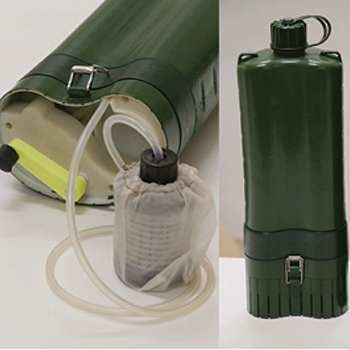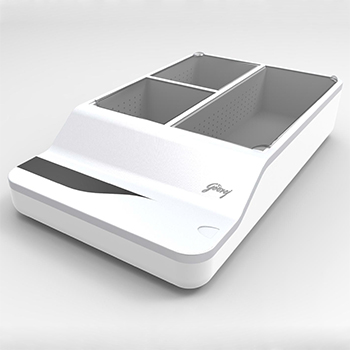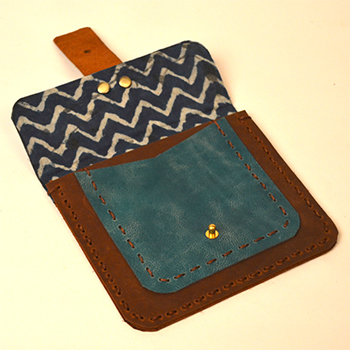The word "design" is generally associated only with intricate, exclusive, and expensive products. In the marketplace, the names of top designers are used to sell overpriced products in all fields, be it cars, aircraft, or even handbags.
However, design is not the exclusive preserve of overpaid designers sitting in air-conditioned studios. Often, common folk faced with recurrent problems come up with elegant and low-cost solutions involving the modification of existing products. Manufacturers of everyday items are often surprised to see the innovative and unintended uses of their products. Smartphones, WhatsApp, and the internet ensure that such design ideas are widely communicated and replicated. In view of the usefulness and popularity of these homegrown products, mainstream designers have been forced to acknowledge the existence of this genre of design, which is classified as "subsistence design", jugaad," and "frugal innovation."
The aim of the present project is to examine the design efforts of common people who are not design literate academically but who design products for the specific needs of their particular communities from the resources available to them, mostly on a shoestring budget.




